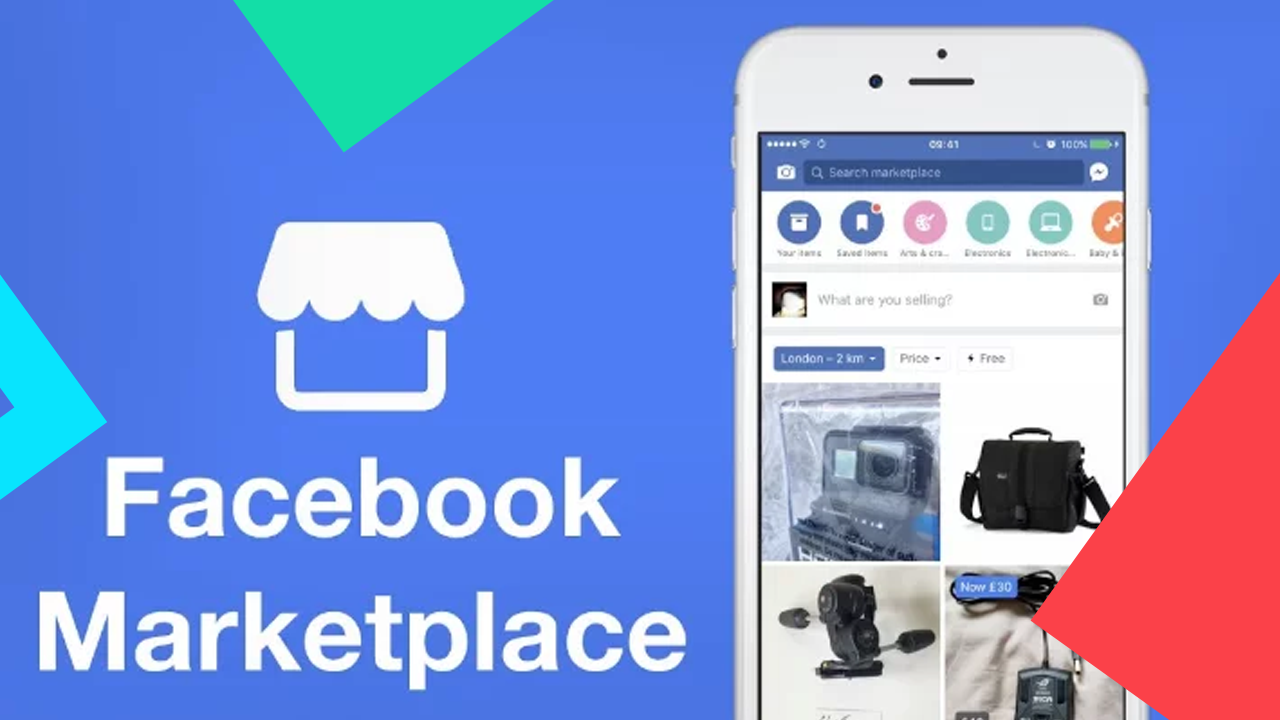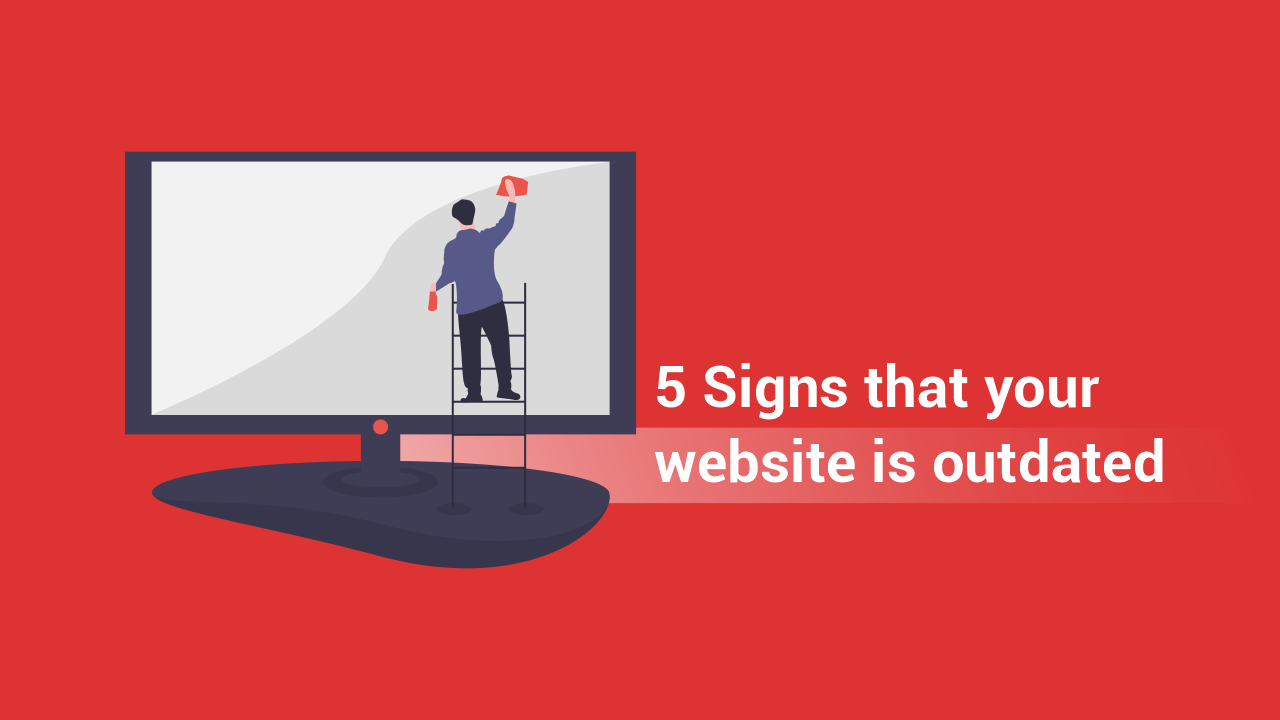You own a small business. You don’t have an unlimited marketing budget, nor do you have an abundance of time to devote to marketing yourself. To remain competitive, you must market your products or services. What are you going to do?
Fortunately, there are numerous marketing strategies that small business owners can use to successfully market their companies without breaking the bank!
Small Business Marketing Strategies
Check out the 30 types of marketing strategies that have proven to be effective for small businesses.
1. Create a Website for Your Business
You don’t yet have a website? With approximately 59 percent of the world’s population online, businesses that do not have a website are likely to be missing out on a sizable portion of the market. You are not required to sell your products on your website. Simply creating an online portal to share information about your brand, customer testimonials, prices, and expertise will put your company in the spotlight around the world.
Data and analytics are the foundations for measuring your website’s success, such as how many visitors it attracts, how long visitors stay on your site, and how they find your website.
2. Get Social Media Savvy
It’s free and available for the taking. Establishing a presence on a few of the numerous social media sites can assist small businesses in developing customer relationships. Engaging content on social media can help you promote your services or products to a large audience. Track the success of your social media marketing campaigns using Google Analytics.
3. Consider using Google My Business
Listing your company for free on Google My Business is one of the most cost-effective marketing strategies for small businesses (GMB). Because it immediately gives your business visibility on Google, GMB is especially effective for businesses looking to target local clients.
Don’t Forget About Email Marketing
Email is still one of the most effective channels for nurturing leads. Email marketing for small businesses typically entails highlighting new products, special offers, and other important business updates, as well as encouraging your email list recipients to visit your website. Email marketing statistics can be measured and used to fine-tune and narrowly focus future email campaigns.
4. Create a Blog
Writing and updating a blog on a regular basis will help raise brand awareness. It will also help improve your website’s search engine rankings, increasing the likelihood that your business will be found online. Encourage readers to ask questions and respond to any comments to increase engagement.
5. Participate in Networking Events
We may be living in the digital age, but face-to-face networking is still very important in the world of business marketing. Make an effort to attend any relevant networking events in your area after conducting a quick search. You may wonder how to measure the success of business networking. Of course, how many business cards have you distributed!
6. Online Community
Don’t have time to attend networking events in person? Instead, engage in online networking activities. LinkedIn is the leader in professional social networking, so make an effort to be active there and on other platforms.
7. Provide Consultation Services
If your company provides professional services, why not make it easier for people to access your knowledge by offering free consultations? This is an excellent way to increase brand awareness and position yourself as an industry leader.
8. Experiment with Facebook Ads
Join the two million small businesses that use Facebook to advertise. Affordable Facebook advertising is a cost-effective way for small businesses to reach their target audiences. Facebook advertising also excels at advanced targeting, which allows you to target specific demographics such as location, gender, age, and interests.
The effectiveness of Facebook ads can be measured by creating a report that tracks and measures a variety of metrics, such as the click-through rate of the advertisements.
9. Consider Google AdWords
With over 40,000 search inquiries made on Google every second, Google has an unrivaled ability to get your business in front of a virtually limitless audience. Google AdWords involves Google assigning a quality score to your ad based on its relevance, the landing page to which your ad directs traffic, and the click-through rate.
10. Investigate Coupon Deal Websites
Another marketing strategy for small businesses with limited funds and time is to promote products or services through coupon deal websites. By offering limited-time discounts on coupon sites such as Groupon, your company will gain widespread exposure and may benefit from a flood of new customers.
11. Organize a Webinar
Hosting a webinar — an online seminar — is a marketing strategy that many businesses overlook. Holding a webinar on a topic in which you have expertise can be an effective way to increase the number of people on your email list. Encourage your webinar attendees to send you feedback about the webinar, or see how many people subscribe to your emails, to determine the effectiveness of this online event.
12. Obtain Approval
Having others endorse your products or services is a great free marketing strategy for small businesses. Even better, having your brand endorsed by a celebrity or well-known figure in your field would generate a lot of buzz about it.
13.Review Keyword Marketing
Having a website that is keyword-optimized for your industry and business is critical to the success of your online marketing endeavors. Investigate the best keywords for your company, then work on incorporating them naturally into the content on your website to help it rank higher in search engines.
14. Make Landing Pages
What exactly is a landing page? It is an essential marketing tool for small businesses, assisting in the creation of awareness and engagement with specific content. Landing pages prompt visitors to provide data in exchange for information via various call-to-actions, which can result in a significant increase in conversions.
15. Take Home a Business Award
Nothing beats attaching an award to your company to boost its credibility and appeal. Making the effort to enter a business award competition will provide you with an incredible amount of free publicity, win or lose. And winning will provide a significant boost in additional publicity — at least in your industry.
16. Participate on YouTube
With a staggering 1.9 billion users every month, YouTube is a portal no small business can afford to ignore. Creating a short but inspiring video about your products or services can be an effective way to generate interest in your company. Measure the success of your YouTube video by the number of views it receives or, even better, the number of inquiries it generates.
17. Attempt Other Pay Per Click Models
Without a doubt, Google AdWords and Facebook Ads are not your only options for this type of advertising. Microsoft ads and Ignite Visibility are two other options. Pay-per-click ads are not free marketing tools, but they can be very effective. Simply choose your keywords, create an ad, and let these networks handle the rest.
18. Perform Charitable Work
Getting involved in charity work is one marketing strategy you may have overlooked. Being actively involved in charity work, from attending local charity events to donating funds to worthy causes, is an effective way to increase your company’s corporate responsibility and credibility.
19. Local Sports Teams Can Be Sponsored
Sponsoring local sports teams may be more expensive than placing an ad in a newspaper, but it is a great PR tactic for small businesses. Every time the team plays, the name of your company will be visible to all spectators.
20. Create a Business Newsletter
A well-written newsletter can be a low-cost way for small businesses to communicate with and build rapport with customers and prospects. To ensure the success of your newsletter, keep the content informative, entertaining, and easily digestible. When your newsletter is sent to your subscribers, these steps increase the likelihood that it will be clicked on, opened, and read.
21. Make contact with the media
Reach out to journalists to get your brand media attention from the local press. Having a single article published in a newspaper about an inspiring or innovative aspect of your business can be a great way to generate interest in your brand and eventually reach out to customers.
22. Look after your current customers
Remember to look after your current customers in order to keep them loyal to your brand. The occasional free gift or free offer will go a long way toward assisting your company in retaining its current customer base.
23. Employees Should Be Incentivized
Referrals are the most effective way to find new clients, and your staff provides an excellent opportunity to obtain referrals. Give your employees vouchers, freebies, and other incentives involving your products and services so they can tell their friends and family about how great your company is.
24. Collaboration with Other Companies
Business success is driven by collaboration. Combining knowledge and resources with other businesses can result in mutual marketing benefits for all parties involved. Simply identify a segment of your business that complements another company’s products or services. Then collaborate with them on marketing initiatives that will benefit both of you.
25. Understand your target audience
A common blunder is believing that “anyone” can be your buyer. Larger corporations may be able to appeal to a larger market, but there is a reason why they say “the riches are in the niches.” As a small business, you’ll have the most clout in a niche. And, in order to develop a niche and appeal to buyers within it, you must first understand their pains, problems, triggering events, and priorities.
What motivates them to make a purchase decision? What will it look like if they are successful? Knowing these things will help you create messaging that is both memorable and persuasive for your solution.
Begin by considering your current customers and who you’d like to work with. Then, create a buyer persona to begin the process of putting yourself in the shoes of your ideal client.
26. Highlight your value proposition
There is no reason for a buyer to be compelled to work with you if there is no difference between you and your competition. Your value proposition is what will set you apart from the competition and convince prospects that you are the provider to choose. What do you do better than anyone else in the business? Making this point creates a compelling argument.
27. Maintain a laser-like focus on a single set of goals and objectives
If you’re new to the world of marketing, you’ve probably noticed that there are an infinite number of paths you can take. It’s tempting to try to do everything at once and build a complicated machine in the hopes of covering all your bases, but it’s easy to take on too much.
Instead, determine where the greatest impact will be felt. Where is the most significant blind spot in your marketing that is impeding your growth? Set a performance goal centered on that one key area and focus your resources on the activities and tactics that will help you meet that goal. When you’ve made more progress toward that single goal, you can broaden your efforts or pivot to other initiatives.
28. Profit from short-term bets
Begin with a bang. It’s critical to see ROI sooner as you scale. This will provide you with the momentum and cash flow to invest in larger projects, long-term investments, and more sustainable growth models.
Tactics that take time to develop (such as SEO) are poor fits for your primary initiatives because you will not see a return quickly enough. If you have enough resources to begin there, that’s fantastic, but don’t put all of your eggs in that basket.
If you have evidence that people are searching for your specific solution on Google, you may find that paid ads will provide you with that short-term ROI.
29. Expand on what works
Pay attention to the data once your initiatives are up and running and you’ve experimented with a few things. This can help you determine what’s working. As you grow, it’s a good idea to double down on tried-and-true revenue-generating methods.
30. Recognize the value of existing customers.
According to a 1990 study conducted by Bain & Company and HBR, it costs five times more to acquire a new customer than it does to close an existing one. This means you should continue to market to them even after they’ve made a purchase
Determine your chances of repeat purchasing, upselling, and cross-selling. Because they have already purchased from you, your existing customers know, like, and trust you. If you’ve given them a positive experience, you’ve given them a reason to do business with you again if the need arises.
Even if the need does not arise (for example, if it is a one-time purchase with no upsell opportunities), you should still delight your customers. Word of mouth is an extremely effective (and completely free) promotional tool.
Have we overlooked any marketing strategies? If you have any marketing secrets to share with us, please leave a comment below!.












0 Comments